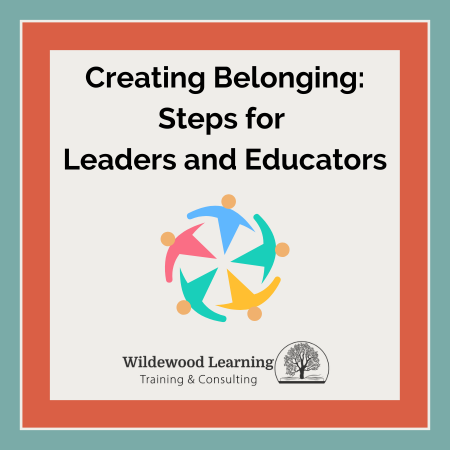How Gratitude is a Tool for Resilience
Do you share my love for reading? I always have a book (or ten) by my bedside, and my TBR (To Be Read) stack is taller than some of my bookcases. Reading has been a lifelong passion for me. As a child, it was a way for me to escape into a world more thrilling than the one I was living in at the moment.
Reading is a powerful tool for personal and professional growth. It can help you gain new perspectives on the world. For my book club, I recently read Robin Wall Kimmerer’s The Serviceberry: An Economy of Abundance. This insightful essay, which has now evolved into a book, offers a unique perspective on abundance and gratitude.
Kimmerer, also the author of Braiding Sweetgrass, a number-one bestseller, weaves Indigenous wisdom, ecological systems, and the ethic of reciprocity to reimagine a different type of economy—a gift economy. She explores what it means to create a world where reciprocity and gratitude help meet the needs of ourselves and our communities.
Gratitude is one of those skills that creates resilience within ourselves and our organizations.
Kimmerer writes:
“Gratitude is so much more than a polite ‘thank you.’ It is the thread that connects us in a deep relationship, simultaneously physical and spiritual, as our bodies are fed and spirits nourished by the sense of belonging, which is the most vital of foods. Gratitude creates a sense of abundance, the knowing that you have what you need. In that climate of sufficiency, our hunger for more abates and we take only what we need, in respect for the generosity of the giver.”
Take a moment to reflect on gratitude. What resonates with you in Kimmerer’s words? What are you grateful for in your life? Where do you feel abundant? Who can you express your thanks to? These reflections can bring a deeper appreciation for the richness in your life.
Gratitude, abundance, generosity, and giving are all ways to build resilience. Resilience is the ability to bounce back from adversity. However, when we bounce back, we usually need a hand to hold, a place to recognize our needs, and space to be held.
Today, I am grateful for you. Know that I am holding your hands, inviting you to a place to recognize what you need, and making space for you in my heart. Now, go out and serve with your whole heart.
A Story of Hope
Last week, I shared about a teacher in Idaho who was asked to take down an “Everyone is Welcome Here” sign in her classroom. Watching the students’ response gives me hope for the future! Their resilience and commitment to inclusivity remind us of the power of standing together and expressing gratitude for the communities we build.
Let’s continue to cultivate gratitude and resilience in our daily lives. What are you grateful for today?


